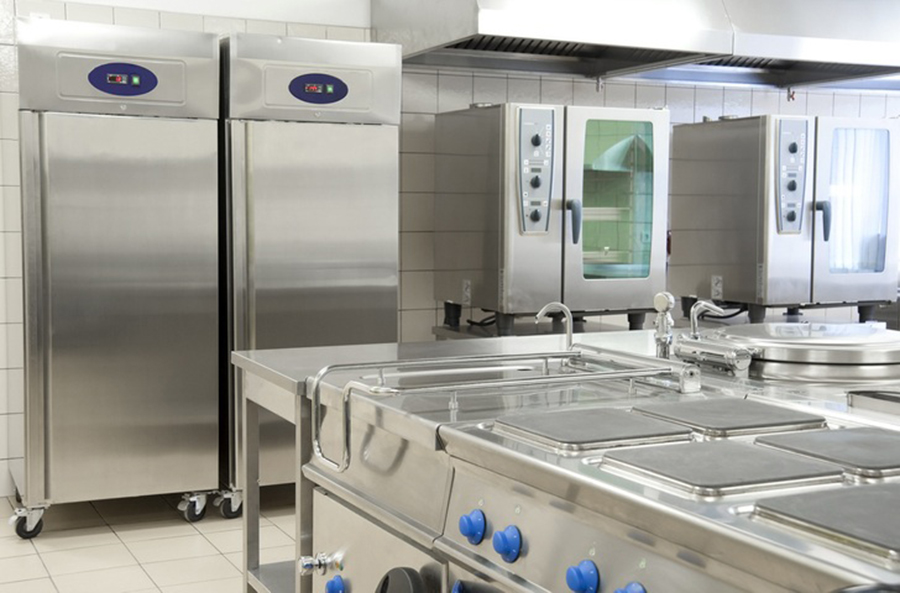
-
 Afrikaans
Afrikaans -
 Albanian
Albanian -
 Amharic
Amharic -
 Arabic
Arabic -
 Armenian
Armenian -
 Azerbaijani
Azerbaijani -
 Basque
Basque -
 Belarusian
Belarusian -
 Bengali
Bengali -
 Bosnian
Bosnian -
 Bulgarian
Bulgarian -
 Catalan
Catalan -
 Cebuano
Cebuano -
 Corsican
Corsican -
 Croatian
Croatian -
 Czech
Czech -
 Danish
Danish -
 Dutch
Dutch -
 English
English -
 Esperanto
Esperanto -
 Estonian
Estonian -
 Finnish
Finnish -
 French
French -
 Frisian
Frisian -
 Galician
Galician -
 Georgian
Georgian -
 German
German -
 Greek
Greek -
 Gujarati
Gujarati -
 Haitian Creole
Haitian Creole -
 hausa
hausa -
 hawaiian
hawaiian -
 Hebrew
Hebrew -
 Hindi
Hindi -
 Miao
Miao -
 Hungarian
Hungarian -
 Icelandic
Icelandic -
 igbo
igbo -
 Indonesian
Indonesian -
 irish
irish -
 Italian
Italian -
 Japanese
Japanese -
 Javanese
Javanese -
 Kannada
Kannada -
 kazakh
kazakh -
 Khmer
Khmer -
 Rwandese
Rwandese -
 Korean
Korean -
 Kurdish
Kurdish -
 Kyrgyz
Kyrgyz -
 Lao
Lao -
 Latin
Latin -
 Latvian
Latvian -
 Lithuanian
Lithuanian -
 Luxembourgish
Luxembourgish -
 Macedonian
Macedonian -
 Malgashi
Malgashi -
 Malay
Malay -
 Malayalam
Malayalam -
 Maltese
Maltese -
 Maori
Maori -
 Marathi
Marathi -
 Mongolian
Mongolian -
 Myanmar
Myanmar -
 Nepali
Nepali -
 Norwegian
Norwegian -
 Norwegian
Norwegian -
 Occitan
Occitan -
 Pashto
Pashto -
 Persian
Persian -
 Polish
Polish -
 Portuguese
Portuguese -
 Punjabi
Punjabi -
 Romanian
Romanian -
 Russian
Russian -
 Samoan
Samoan -
 Scottish Gaelic
Scottish Gaelic -
 Serbian
Serbian -
 Sesotho
Sesotho -
 Shona
Shona -
 Sindhi
Sindhi -
 Sinhala
Sinhala -
 Slovak
Slovak -
 Slovenian
Slovenian -
 Somali
Somali -
 Spanish
Spanish -
 Sundanese
Sundanese -
 Swahili
Swahili -
 Swedish
Swedish -
 Tagalog
Tagalog -
 Tajik
Tajik -
 Tamil
Tamil -
 Tatar
Tatar -
 Telugu
Telugu -
 Thai
Thai -
 Turkish
Turkish -
 Turkmen
Turkmen -
 Ukrainian
Ukrainian -
 Urdu
Urdu -
 Uighur
Uighur -
 Uzbek
Uzbek -
 Vietnamese
Vietnamese -
 Welsh
Welsh -
 Bantu
Bantu -
 Yiddish
Yiddish -
 Yoruba
Yoruba -
 Zulu
Zulu
Innovative Automatic Thread Rolling Machines for Precision Manufacturing and Enhanced Efficiency
The Evolution and Importance of Automatic Thread Rolling Machines
In the world of manufacturing, precision and efficiency are paramount, particularly when it comes to producing fasteners and threaded components. At the forefront of this industrial revolution are automatic thread rolling machines, essential tools that have transformed the way threads are formed on metal parts. These machines provide a cost-effective solution for high-volume production while maintaining superior quality and precision.
What is Thread Rolling?
Thread rolling is a process of creating threads on a workpiece by deforming the material rather than cutting it. This process uses hardened metal dies to press the workpiece, deforming it to form the desired thread profile. Thread rolling offers several advantages, including increased material strength, better surface finish, and reduced waste, making it a preferred method in many industrial applications.
The Rise of Automatic Thread Rolling Machines
The automatic thread rolling machine represents an evolution in this technology. Unlike manual machines, which require significant operator intervention, automatic machines can run continuously with minimal human oversight. This automation is particularly beneficial in industries where high-speed production is necessary, such as automotive, aerospace, and electronics.
Automatic thread rolling machines can handle a variety of materials, including steel, aluminum, and brass, allowing manufacturers to produce an extensive range of threaded components efficiently. Their ability to cater to different specifications and tolerances means they can meet the diverse needs of various industries, making them invaluable in modern manufacturing settings.
Key Features and Benefits
famous automatic thread rolling machine

1. Increased Production Rate Automatic thread rolling machines are designed for high throughput. They can operate at impressive speeds, producing thousands of threads per hour, which is significantly higher than what can be achieved with manual machines.
2. Consistency and Precision One of the standout features of automatic machines is their ability to produce highly consistent and precise threads. This consistency is crucial in applications where threaded parts must meet strict tolerances, such as in safety-critical components in the automotive or aerospace sectors.
3. Cost Efficiency While the initial investment in automatic thread rolling machines may be higher than manual options, the long-term savings are considerable. The reduction in labor costs, the minimization of material waste, and the increased production capacity combine to provide a compelling return on investment.
4. Versatility Modern machines can be programmed to produce a variety of thread sizes and types, catering to diverse customer needs. This versatility allows manufacturers to quickly adapt to changing market demands without significant downtime or retooling.
5. Improved Worker Safety Automation reduces the need for manual intervention, which in turn minimizes the risk of workplace injuries. Operators can monitor the machines from a safe distance, allowing for a safer working environment overall.
Conclusion
As industries continue to evolve and demand for high-quality threaded components increases, the significance of automatic thread rolling machines becomes more apparent. These machines not only enhance production efficiency but also ensure consistency and precision in manufacturing. With the ability to adapt to various materials and specifications, automatic thread rolling machines are set to play a crucial role in the future of manufacturing. Investing in this technology represents a strategic decision for manufacturers aiming to remain competitive in an ever-evolving market landscape. Whether it’s for automotive parts, industrial machinery, or electronic devices, automatic thread rolling machines offer a reliable solution for meeting the demands of modern production.
